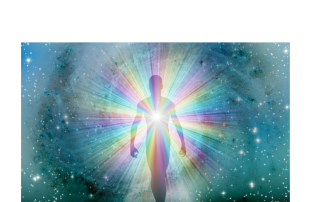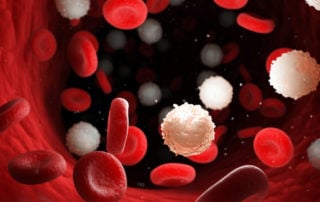Entrainment by the Red Heifer
And for the unclean they shall take of the ashes of the burning of the purification from sin, and running water shall be put thereto in a vessel. Numbers 19:17 In my essay “Paradox of the Red Heifer,” I proposed a mechanism by which the ashes of the red heifer remove the impurity of death, where I analogized the procedure with resuscitation using a defibrillator.[1] In this essay, I propose an additional mechanism based on the phenomenon of entrainment, which I will explain below. Entrainment In physics and biology, entrainment refers to the synchronization of two or more rhythmic cycles.[2] This concept can apply to various systems, from physical phenomena to biological rhythms. Here are a few examples: Physics. In mechanical systems, entrainment refers to the process whereby two interacting oscillating systems assume the [...]







